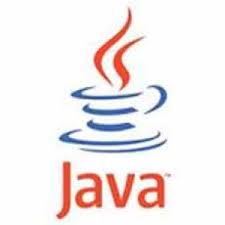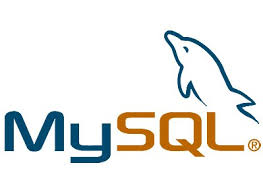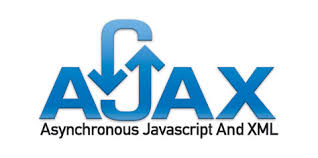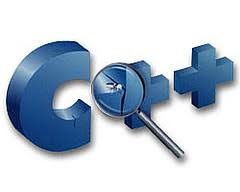
O'Reilly's bestselling book on Linux's bash shell is at it again. Now that Linux is an established player both as a server and on the desktop "Learning the bash Shell" has been updated and refreshed to account for all the latest changes. Indeed, this third edition serves as the most valuable guide yet to the bash shell.
As any good programmer knows, the first thing users of the Linux operating system come face to face with is the shell the UNIX term for a user interface to the system. In other words, it's what lets you communicate with the computer via the keyboard and display. Mastering the bash shell might sound fairly simple but it isn't. In truth, there are many complexities that need careful explanation, which is just what "Learning the bash Shell" provides.
If you are new to shell programming, the book provides an excellent introduction, covering everything from the most basic to the most advanced features. And if you've been writing shell scripts for years, it offers a great way to find out what the new shell offers. "Learning the bash Shell" is also full of practical examples of shell commands and programs that will make everyday use of Linux that much easier. With this book, programmers will learn:
How to install bash as your login shell
The basics of interactive shell use, including UNIX file and directory structures, standard I/O, and background jobs
Command line editing, history substitution, and key bindings
How to customize your shell environment without programming
The nuts and bolts of basic shell programming, flow control structures, command-line options and typed variables
Process handling, from job control to processes, coroutines andsubshells
Debugging techniques, such as trace and verbose modes
Techniques for implementing system-wide shell customization and features related to system security
From the Publisher
The first thing users of the Linux operating system come face to face with is the shell. "Shell" is the UNIX term for a user interface to the system -- something that lets you communicate with the computer via the keyboard and display. Bash, the Free Software Foundation's "Bourne Again Shell," is the default shell for Linux, the popular free UNIX-like operating system. It's also a replacement for the standard UNIX Bourne shell, which serves both as a user interface and as a programming language. Like the FSF's other tools, bash is more than a mere replacement: it extends the Bourne shell in many ways. New features include command line editing, key bindings, integrated programming features, command completion, control structures (especially the select construct, which enables you to create menus easily) and new ways to customize your environment. Whether you want to use bash for its user interface or its programming features you will find Learning the bash Shell a valuable guide. The book covers all of bash's features, both for interactive use and programming. If you are new to shell programming, Learning the bash Shell provides an excellent introduction, covering everything from the most basic to the most advanced features, like signal handling and command line processing. If you've been writing shell scripts for years, it offers a great way to find out what the new shell offers. The book is full of examples of shell commands and programs that are designed to be useful in your everyday life as a user, not just to illustrate the feature being explained. All of these examples are freely available to you online on the Internet. With this book you'll learn: How to install bash as your login shell The basics of interactive shell use, including UNIX file and directory structures, standard I/O, and background jobs Command line editing, history substitution, and key bindings How to customize your shell environment without programming The nuts and bolts of basic shell programming, flow control structures, command-line options and typed variables Process handling, from job control to processes, coroutines and subshells Debugging techniques, such as trace and verbose modes Techniques for implementing system-wide shell customization and features related to system security

Download it now!



















1 comments:
Filetype : .RAR
Host : Rapidshare
Download Link : Click here
Post a Comment